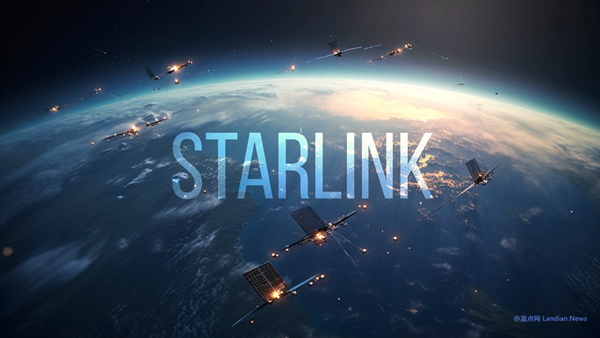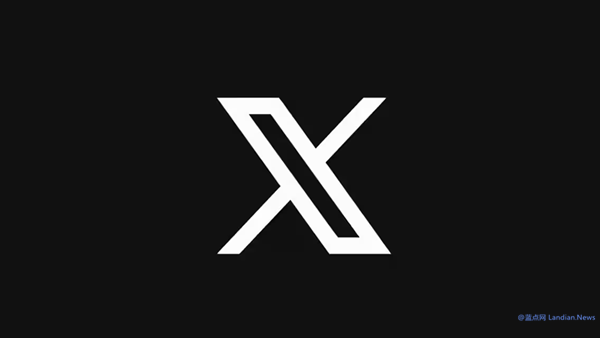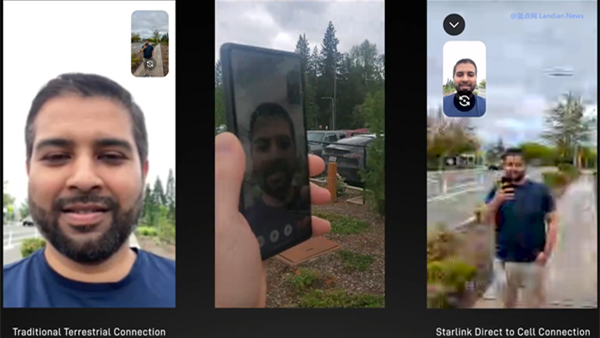Starlink adjusts monthly satellite internet subscription prices 2 price hikes in less than 1 year $20 monthly fee increase
Elon Musk's Starlink satellite Internet company has now issued a price adjustment notice to some users, some areas of the price increase and some price reductions.
The price adjustment is based on the satellite Internet capacity of the user's area, if the area has a high density of users then the price will be increased and the price will be reduced for areas with a low density of users.
Can users choose not to be raised or lowered? Of course not, Starlink said in the announcement that if users don't want to use it, they can cancel the subscription at any time in their accounts.
It seems that satellite capacity is the reason.
Starlink relies on the launch of a large number of satellites to provide network services on the ground, the satellite coverage area is fixed, so the increase in users will lead to carrying capacity problems.
In areas with dense user base, everyone is using the same group of satellites, and as the number of users continues to increase, Starlink may no longer be able to maintain good service capacity.
Therefore, Starlink hopes to optimize the relationship between supply and demand through price adjustment, so as to provide a relatively more reliable service for users who continue to use Starlink's satellite network.
In the email, Starlink also said that it is launching more satellites to increase the capacity, and some areas may become overcapacity and some may become shortage as time goes by.
The future price adjustment of Starlink will be adjusted according to the regional capacity, that said, Starlink users will only increase even if the launch of more satellites is estimated to be insufficient.
Price increase of $20.
Specific prices, the original price of the Starlink satellite network for ordinary home users is $ 99, in March 2022 after the price increase family subscription fee into $ 110.
The current regional capacity policy for Starlink is $10, and if the subscriber's region has limited capacity, the monthly fee will increase by $10 to $120.
If the user's area is overcapacity, it will be cheaper by $10 to $90. For users in remote areas, the price is likely to be reduced.
If you use Starlink in a city, there is a higher chance that it will become a capacity-limited area, and users will have no choice but to either stop subscribing or continue to accept the monthly fee increase.
Some users also said that they are in a low density rural area also received a price increase notice, most likely close to the city so large areas still have limited capacity.
The subscriber said he had no choice but to choose either AT&T DSL broadband, which is still connected by copper wire, or Musk's satellite Internet plan.
In addition the user also complained that the Starlink Internet speed is getting slower and slower, initially 200-250Mbps downstream now only 90-100Mbps and only 9Mbps upstream.









